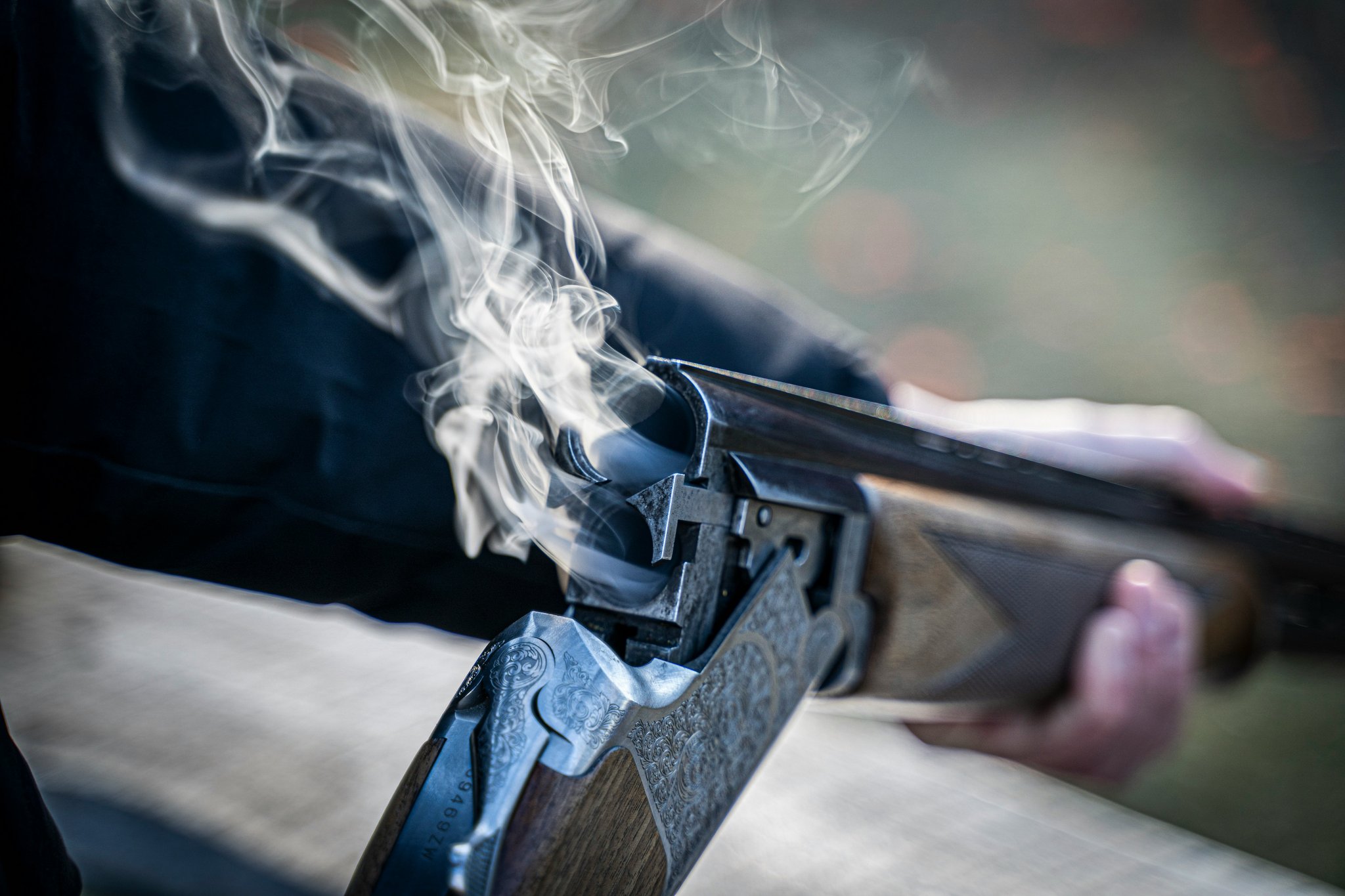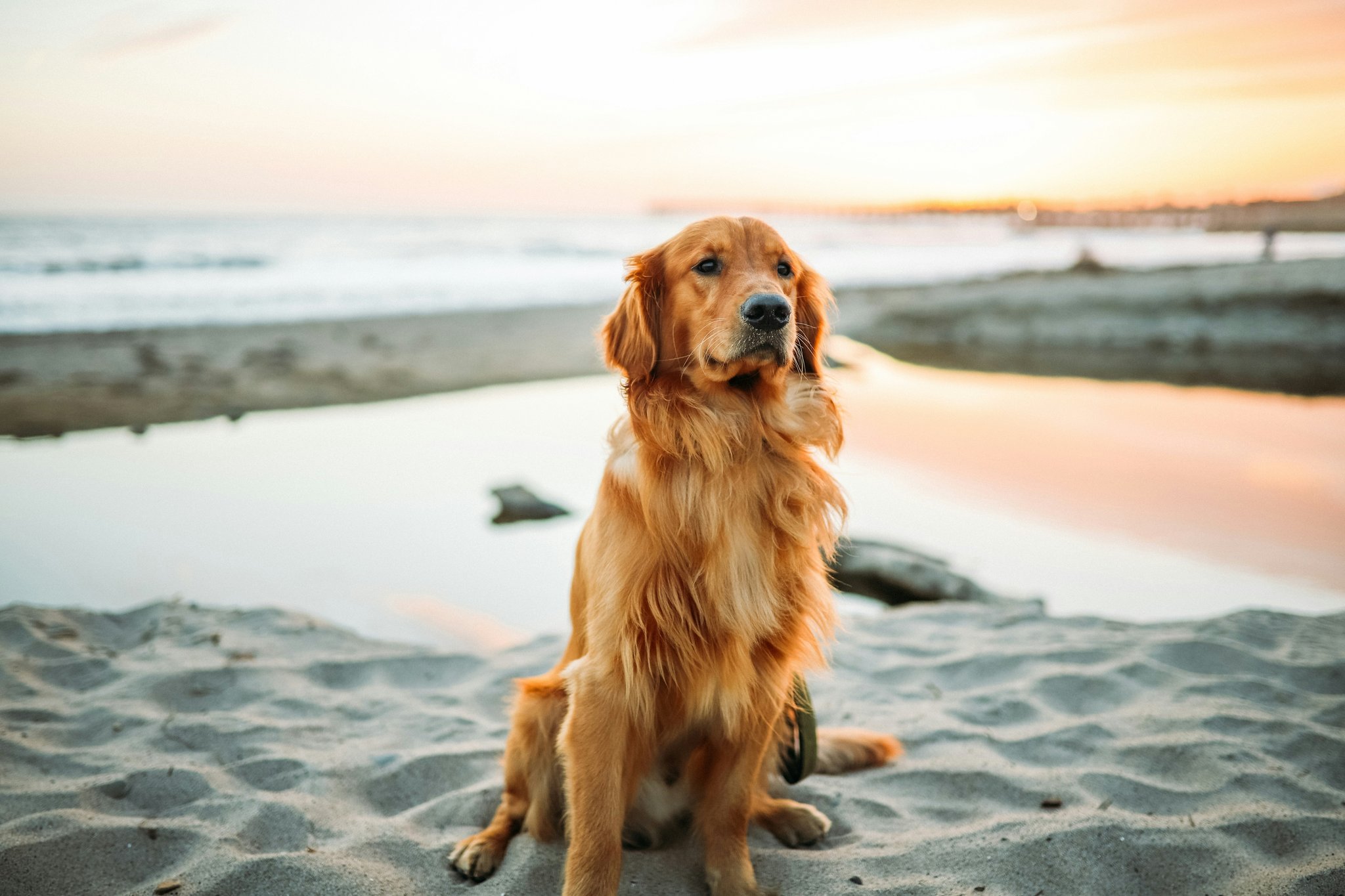Ever wondered why your hunting dog seems sluggish halfway through a training session? If you’ve ever struggled to keep their energy up, you’re not alone. Many hunters overlook the critical role diet plays in their dog’s performance—but it might just be the game-changer your furry partner needs.
In this guide, we’ll break down everything about the hunting dog performance diet, including how it works, what to feed, and tips for maximizing results. You’ll also find real examples, a rant on common mistakes, and yes—even a haiku at the end. Let’s dive in!
Table of Contents
- Key Takeaways
- Why Diet Matters for Hunting Dogs
- How to Build a Performance Diet Plan
- Top Tips for Feeding Success
- Real-World Results: Before & After
- Frequently Asked Questions (FAQs)
Key Takeaways
- A balanced hunting dog performance diet boosts stamina and focus during long hunts.
- Prioritize proteins, fats, and functional ingredients tailored for active canines.
- Avoid generic kibble marketed as “all-purpose,” which lacks key nutrients hunters need.
- Tailor portion sizes based on breed, size, activity level, and hunting conditions.
- Monitor stool quality and energy levels to tweak dietary formulas effectively.
Why Diet Matters for Hunting Dogs

Picture this: Your lab retriever is trailing a duck deep into freezing water but suddenly starts lagging—his tail droops, eyes glaze over, and he refuses to move. Sounds familiar? This scenario isn’t about laziness; it’s often linked to poor nutrition.
Hunting dogs burn thousands of calories during intense workouts like tracking scents or swimming. Generic store-bought food simply doesn’t cut it when it comes to providing sustained fuel for such activities.
“Optimist You:” Maybe switching brands will help?
“Grumpy You:” Oh sure, because swapping a bag fixes everything. *Insert eye roll.*
To truly unlock peak potential, specialized diets rich in bioavailable proteins, omega-3s, and antioxidants are essential. Without these, even the best-trained pups won’t reach optimal endurance.
How to Build a Performance Diet Plan
Step 1: Choose High-Quality Proteins

The cornerstone of any hunting dog performance diet is protein. Look for whole meats like chicken, turkey, salmon—or better yet, raw dehydrated options. Avoid fillers like cornmeal or soy—they’re basically junk carbs that drag your pup down.
Step 2: Add Healthy Fats
Fats provide slow-releasing energy perfect for endurance-based activities. Salmon oil, flaxseeds, and coconut oil deliver essential fatty acids while supporting joint health and coat shine. Pro tip: Rotate oils weekly to prevent flavor fatigue.
Step 3: Incorporate Functional Ingredients
Include superfoods like sweet potatoes (for fiber), blueberries (rich in antioxidants), and turmeric (anti-inflammatory properties). These extras sharpen cognitive function—a must-have for tracking scents across miles.
Top Tips for Feeding Success

- Feed Smaller Meals Frequent Times: Instead of two large meals, try three smaller ones spaced evenly throughout the day to stabilize blood sugar.
- Hydrate Like Crazy: Active dogs lose electrolytes faster than couch potatoes. Supplement with hydration powders designed for pets.
- Watch for Allergies: Some dogs react poorly to certain grains or proteins. Experiment carefully until you hit the jackpot combo.
- (Brutally Honest Tip): Skip Trendy Diets: Don’t fall for “keto dog diets” unless vet-approved—they’re usually a waste of money.
Real-World Results: Before & After
| Metric | Before Optimized Diet | After Optimized Diet |
|---|---|---|
| Stamina During Hunting | 45 mins | 90+ mins |
| Coat Quality (Scale 1-10) | 6 | 9 |
| Joint Flexibility | Limited Range | Full Mobility |
This transformation was achieved using a custom blend of premium kibbles supplemented by homemade snacks like pumpkin puree mixed with ground turkey. Proof? Check out these photos from an avid hunter who credits his Springer Spaniel’s newfound agility to a strict hunting dog performance diet:
Frequently Asked Questions (FAQs)
Q: Is dry food okay for hunting dogs?
Dry food isn’t inherently bad, but ensure it’s high in animal-based proteins and free of artificial additives. Always supplement with fresh foods if possible.
Q: Can I make homemade hunting dog food?
Absolutely! However, balance is tricky. Consult a veterinarian to avoid nutritional gaps.
Q: Why does my dog vomit after eating?
Vomiting could indicate overfeeding, allergies, or improper digestion. Slowly transition new foods over 7–10 days to minimize GI upset.
Conclusion
Your hunting companion deserves more than standard kibble—they deserve fuel built specifically for their demanding lifestyle. By prioritizing protein-packed ingredients, healthy fats, and functional supplements, you can craft a hunting dog performance diet that keeps tails wagging and prey pursued.
Remember, every dog is unique, so patience and observation are key. And now…
Haiku Time:
“Fuel your loyal pal,
With strength and zest anew each hunt,
Love repays in leaps.”


